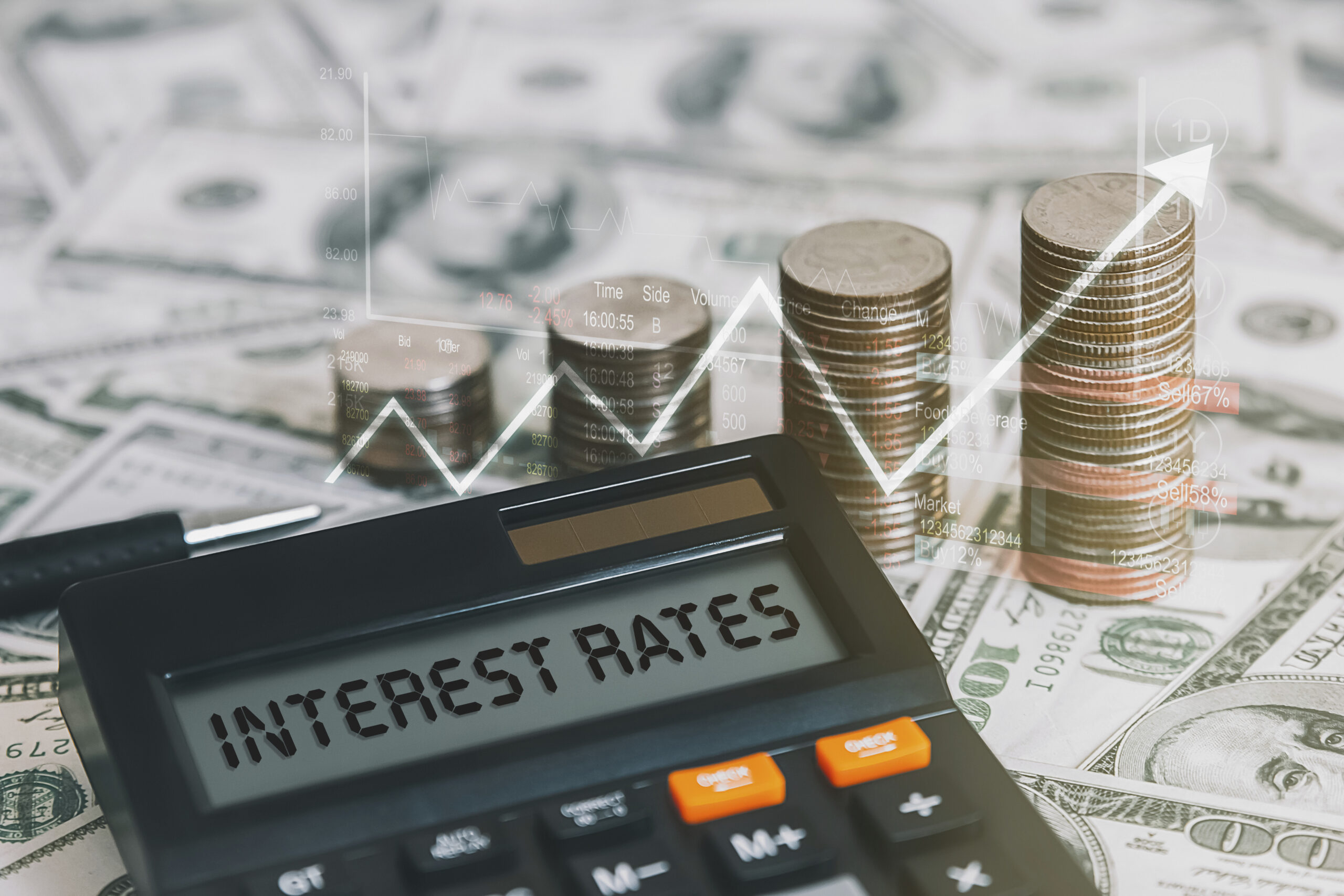Whether you’re considering a loan, navigating investments, or managing debt, understanding the intricacies of interest is a critical life skill in the modern world. The term “interest” comes up in all kinds of financial conversations, but what are the different types of interest? This guide delves into the unique roles of each type of interest, with critical insights into how interest influences your financial decisions.
Common Types of Interest
1. Simple Interest
Simple interest is calculated as a percentage of the amount you borrowed (principal amount). This type of interest is common in personal loans and simple financial arrangements. It offers predictability, making it easier for borrowers to understand the cost of borrowing. This type of interest remains constant for each period, whether it’s a month or a year, regardless of any payments made.
The formula for simple interest is straightforward: Principal amount multiplied by the interest rate and the time period. For instance, if you borrow $1,500 at a simple interest rate of 5% for one year, you would pay $75 in interest.
2. Compound Interest
Often referred to as “interest on interest,” compound interest is calculated on the principal amount and the interest accumulated from previous periods. This results in a snowballing growth of the interest amount over time, making compound interest a potent force for wealth accumulation.
For example, if you invest $1,500 at a 5% annual interest rate, you earn $75 in interest in the first year, bringing the total to $1,575. In the second year, the interest is calculated on the enhanced amount of $1,575. This compounding process continues, creating a compounding effect that can significantly boost your returns over the long term.
3. Fixed Interest Rate
The fixed interest rate is a reliable choice for stability and predictability in your financial planning. Fixed interest rates remain the same for the entire life of the loan, assuring you that your monthly payments will stay unchanged from the beginning to the end of the loan term. This lets you know the exact amount you need for each payment, helping you budget effectively.
Whether you borrow for a short-term expense or a long-term investment, the interest percentage agreed upon at the beginning of the loan remains unaffected by market fluctuations. Fixed interest rates are commonly associated with mortgages and certain personal loans. While they may be slightly higher than the initial rates of variable options, their stability makes them an attractive option.
4. Variable Interest Rate
Variable interest rates can change over time based on economic conditions and popular standards like the prime rate, which is the rate banks currently charge to most creditworthy borrowers. This fluctuation can be both an advantage and a challenge. When interest rates are low, borrowers may enjoy reduced payments, but when rates are high, borrowers will have higher payments.
Commonly associated with adjustable-rate mortgages and some personal loans, variable interest rates require borrowers to stay vigilant about market conditions. While they may offer potential cost savings initially, you should carefully weigh the benefits against the inherent risks of fluctuating interest rates.
5. Annual Percentage Rate (APR)
Annual Percentage Rate (APR) is a comprehensive measure of the total cost of borrowing money. It encompasses the stated interest rate and any additional fees linked to a loan. It gives borrowers a clearer understanding of their overall financial commitment and the true cost of their borrowing.
It’s crucial to consider the APR when evaluating loans or credit cards. Unlike the nominal interest rate, which only represents the interest charged on the principal amount, the APR considers additional expenses like origination fees and other costs. This helps consumers make informed decisions by comparing the actual costs of different financial products.
6. Annual Percentage Yield (APY)
While the APR provides a comprehensive view of borrowing costs, the Annual Percentage Yield (APY) is a key indicator of the potential growth of savings and investments. APY accounts for the impact of compound interest, making it particularly relevant for those looking to maximize returns on savings or investments. This means the APY can be higher than the APR for savings accounts and investments that earn compound interest. Understanding APY helps savers and investors make informed decisions to achieve the optimal balance between risk and return.
FAQs
What are the consequences of not paying back my debt on time?
Not paying your debt back on time can negatively affect your financial health and overall well-being in several ways. These consequences include:
- Late Fees and Penalties: Most lenders charge fees for late payments, increasing the amount you owe and making it even more challenging to settle the outstanding debt.
- Negative Affect on Credit Score: Late payments are reported to credit bureaus, which can negatively affect your credit score, making it difficult to qualify for future credit cards, loans, and even rentals.
- Collection Calls and Legal Action: If you fall significantly behind on payments, your debt may be sold to a collection agency, which can attempt to collect the debt for the original lender. In extreme cases, the lender may sue you to recover the debt and potentially seize your assets.
- Wage Garnishment: In some cases, courts may order your employer to withhold a portion of your wages to pay off your debt.
- Emotional Stress: Debt can be a significant source of stress and anxiety, affecting your mental and physical well-being.
How can I get a lower interest rate on a loan?
There are several factors that affect your loan interest rate, and here are some tips to get a lower one:
- Shop Around and Compare Rates: Don’t settle for the first loan offer you receive. Explore and compare interest rates from different lenders to identify the most competitive deal.
- Strengthen Your Credit: A higher credit score helps you qualify for lower interest rates. Pay your bills on time, address any negative marks on your credit report, and reduce your credit utilization ratio to boost your creditworthiness.
- Increase Your Down Payment: A larger down payment reduces the amount you borrow, potentially leading to a lower interest rate.
- Choose a Shorter Loan Term: Short loan terms usually have lower interest rates. While monthly payments may be higher, the overall interest paid over the life of the loan is reduced.
- Negotiate with the Lender: Don’t be afraid to negotiate the interest rate with the lender. Explain your situation and why you deserve a lower rate.
Why are there different types of interest?
There are different types of interest because lenders assess risk differently depending on various factors. Here are some common reasons for different interest rates:
- Risk for the Lender: Lenders charge higher interest rates to borrowers who are considered more likely to default on their loans. This risk assessment is based on factors like your credit score, income, and debt-to-income ratio.
- Type of Loan: Secured loans, like mortgages and car loans, often come with lower interest rates compared to unsecured loans, such as personal loans and credit cards. The collateral offered for secured loans mitigates the lender’s risk.
- Loan Term: Generally, shorter loan terms carry lower interest rates than longer terms. This is because the lender faces less risk over a shorter period.
- Market Conditions: Interest rates can vary based on overall market conditions. Economic factors, central bank policies, and other factors influence interest rates.
Bottom Line
Understanding the intricacies of interest is critical for making financial decisions. Each type of interest plays a unique role in investments and savings, from simple and compound interest to fixed and variable rates.
MyScoreIQ credit monitoring services stand out as the ideal companion for strengthening and protecting your finances as you navigate financial decisions. Among other essential services, MyScoreIQ provides 24/7 credit monitoring, access to your FICO® Scores, and real-time alerts for changes to your credit report and other suspicious activity.













